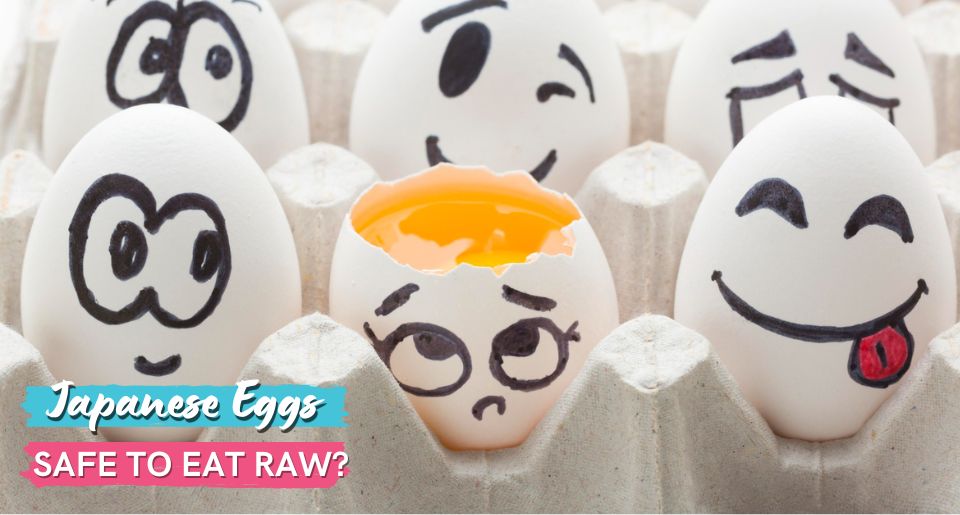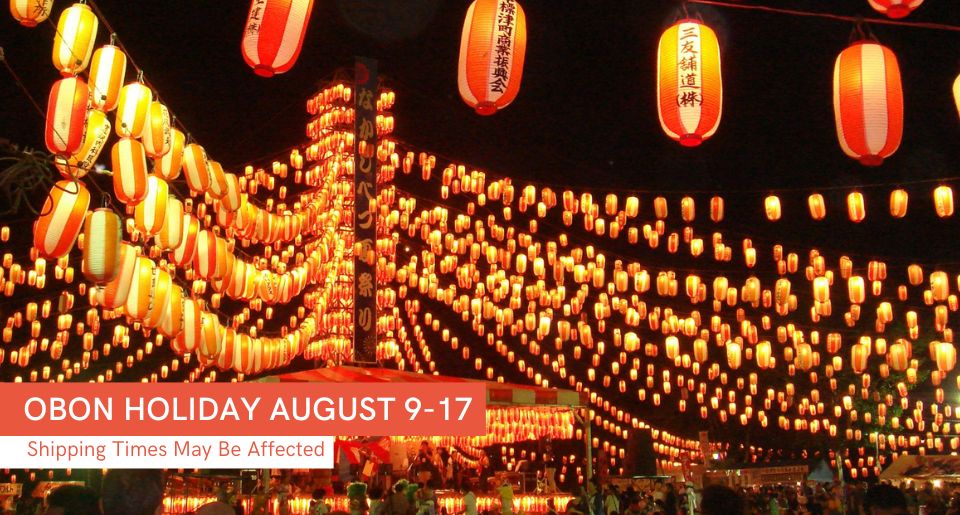Contents
- Introduction
- Inside Japan's Egg Industry: Thorough Salmonella Tests & Vaccinations
- Preserving Excellence: Hygiene, Safety, & Security Measures
- From Farm to Table: Japan's Meticulous Egg Safety Journey
- Japanese Eggs Shelf Life: Raw vs. Cooked
- Timeless Pleasure: Traditional Japanese Dishes with Raw Eggs
- About The Writer
Introduction
Eggs find their way into nearly every imaginable cuisine, ranging from the classic American breakfast to Italian deviled eggs, French soufflé, and Indian egg curry, just to name a few. However, what truly sets Japanese cuisine apart is their preference for completely raw eggs, which might not be appetizing for many. Yet, this hesitation could be due to not having the pleasure of eating Japan’s vibrant orange eggs (tamago), which is renowned for producing some of the world's safest, Salmonella-free eggs.

With this in mind, join us as we delve into the reasons why Japan's eggs boast a vibrant orange color, offer a delightful taste, and can be safely consumed raw. As you read this article, you'll start to see why the Japanese are crazy about their local raw eggs. And who knows, you might even feel like becoming a part of their culture and joining in on the fun!
Inside Japan's Egg Industry: Thorough Salmonella Tests & Vaccinations
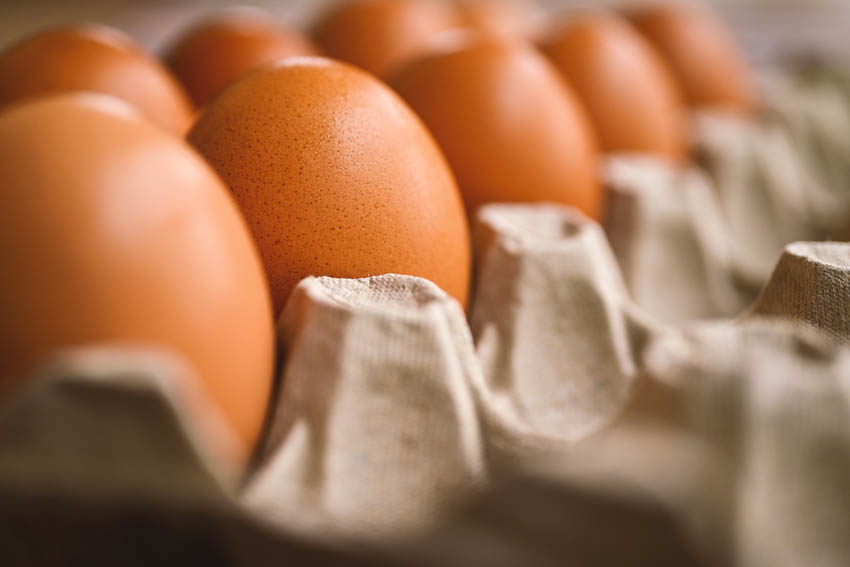
The Japan Poultry Science Association (JPSA) divides egg farms in Japan into primarily three types:
- Breeding farms: responsible for raising the grandparent chickens' eggs.
- Incubation farms: responsible for incubating chicks from the farm-produced fertilized eggs.
- Chicken farms: responsible for raising chickens in a manner that ensures their health and well-being for efficient egg production.
Each farm housing three generations of chickens ensures that frequent salmonella tests are carried out, and the chickens receive necessary vaccinations.
Preserving Excellence: Hygiene, Safety, & Security Measures
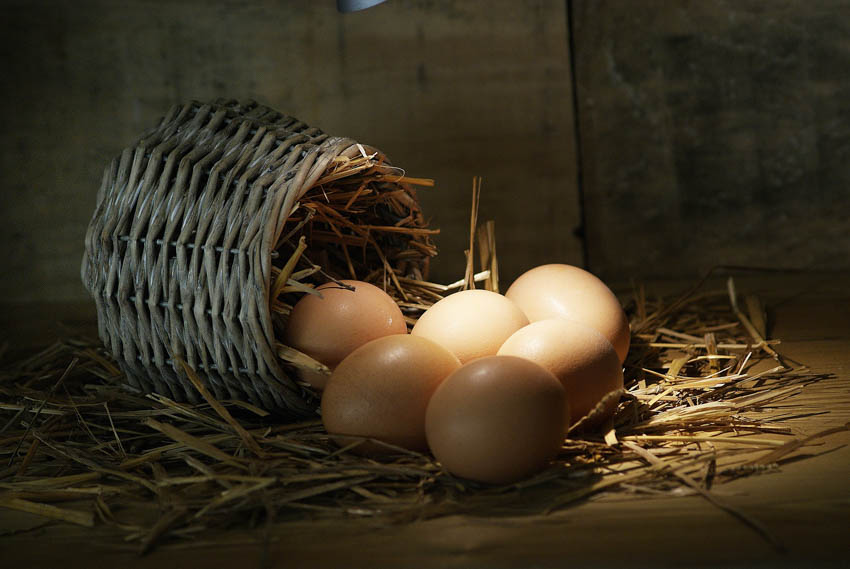
Japan puts in every effort to ensure the highest quality production of their eggs. To maintain this standard, it is recommended that Japanese egg farms be situated at least 1,000 meters away from other farms and a minimum of 300 meters away from roads.
Before entering or leaving a chicken coop, workers change into their work clothes in a dedicated changing room and thoroughly disinfect their hands. Furthermore, they pay great attention to chicken coop hygiene, ensuring everything is spotless.
They also have strict measures in place to keep away potential threats, such as small animals, wild birds, and insects, and they don't allow anyone from the outside to enter.
These precautionary steps are essential in preventing any exposure to salmonella and avian influenza.
From Farm to Table: Japan's Meticulous Egg Safety Journey
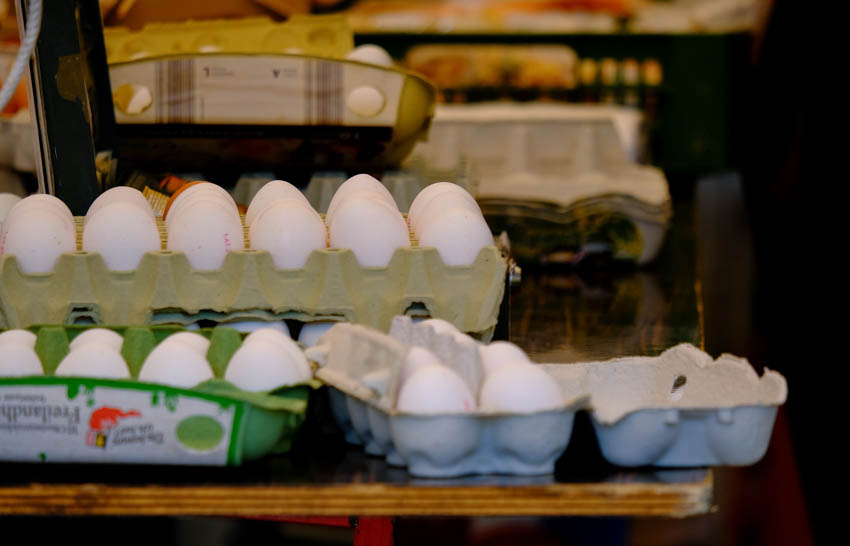
To guarantee that eggs are entirely safe for consumption, they first undergo collection at grading and packaging centers. Then, their eggshells are rinsed, sterilized, dried, and then subjected to further sterilization, according to the JPSA.
Additionally, dirty eggs, bloody eggs, and cracked eggs are all eliminated from the batch intended for local consumption, which is achieved through rigorous testing using sophisticated detection equipment. “Any eggs found unsuitable for consumption are discarded,” the JPSA states
Ensuring the delivery of completely clean and safe eggs begins even before the eggs are laid – careful attention is devoted to chicken feed, implementing contamination prevention measures throughout ingredient purchase, feed manufacturing, shipment, and storage.
Japanese Eggs Shelf Life: Raw vs. Cooked
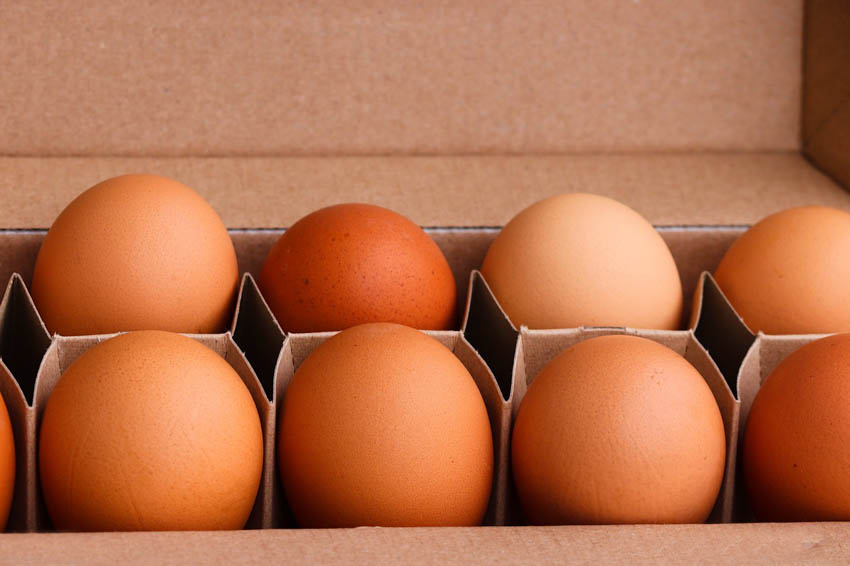
As per the JPSA, Japanese eggs have a shelf life of 21 days starting from the production date. This duration might seem relatively short for non-Japanese residents. However, it's important to note that this 21-day period is specifically for safely consuming the eggs raw. After this period, consumers can still eat the eggs by cooking them. Now, doesn't it seem like a much longer duration?
Timeless Pleasure: Traditional Japanese Dishes with Raw Eggs
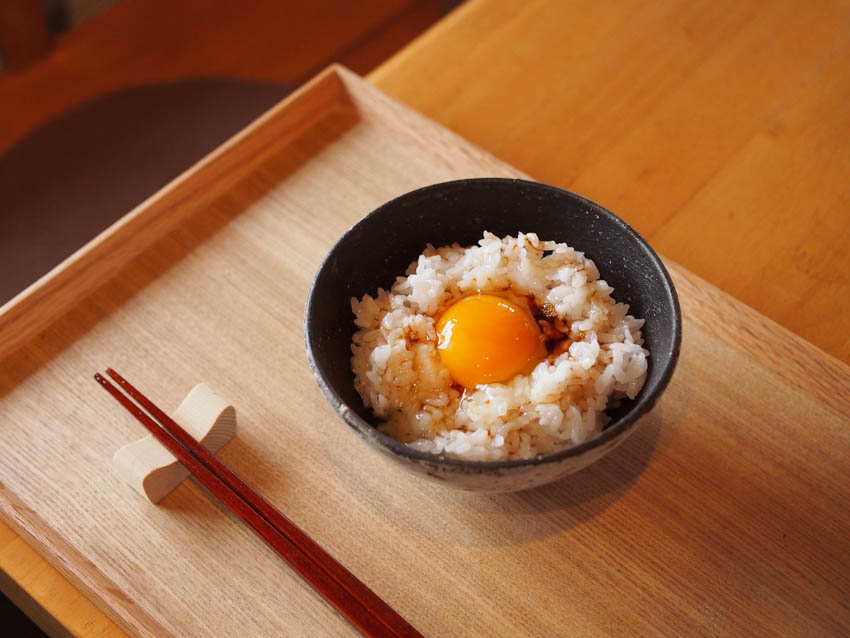
The Japanese take pleasure in consuming eggs raw – a prime example is the popular dish called tamago kake gohan (卵かけご飯), where a raw egg mixed with soy sauce is placed on warm rice. Another delicacy, sukiyaki (すき焼き), involves mixing raw egg with meat and vegetables.
When they’re orange, flavorful, and safe to eat, raw eggs are simply to die for in Japan!
Still not sold on the idea of eating raw eggs? No problem! You can stick to your egg preferences and still enjoy them the Japanese way by trying them soft-boiled, boiled, or even smoked! These pre-cooked Japanese eggs can be savored as they are or spiced up with a dash of salt and pepper. Take them to the next level with delightful dishes like an egg salad sandwich, grated egg toast, or egg potato salad. Feeling your mouth watering already? That's how enticing premium Japanese eggs can be!
About The Writer
Meet Mariam - a freelance writer with a lifelong love for cooking, beauty, and Anime, starting from the tender age of six. Now, with boundless creativity and determination, she aims to deliver the most valuable content for readers to offer them a glimpse into her passions in life.

